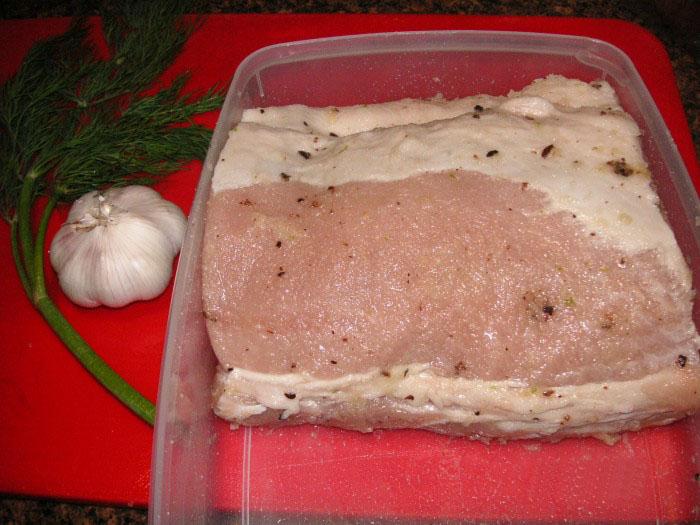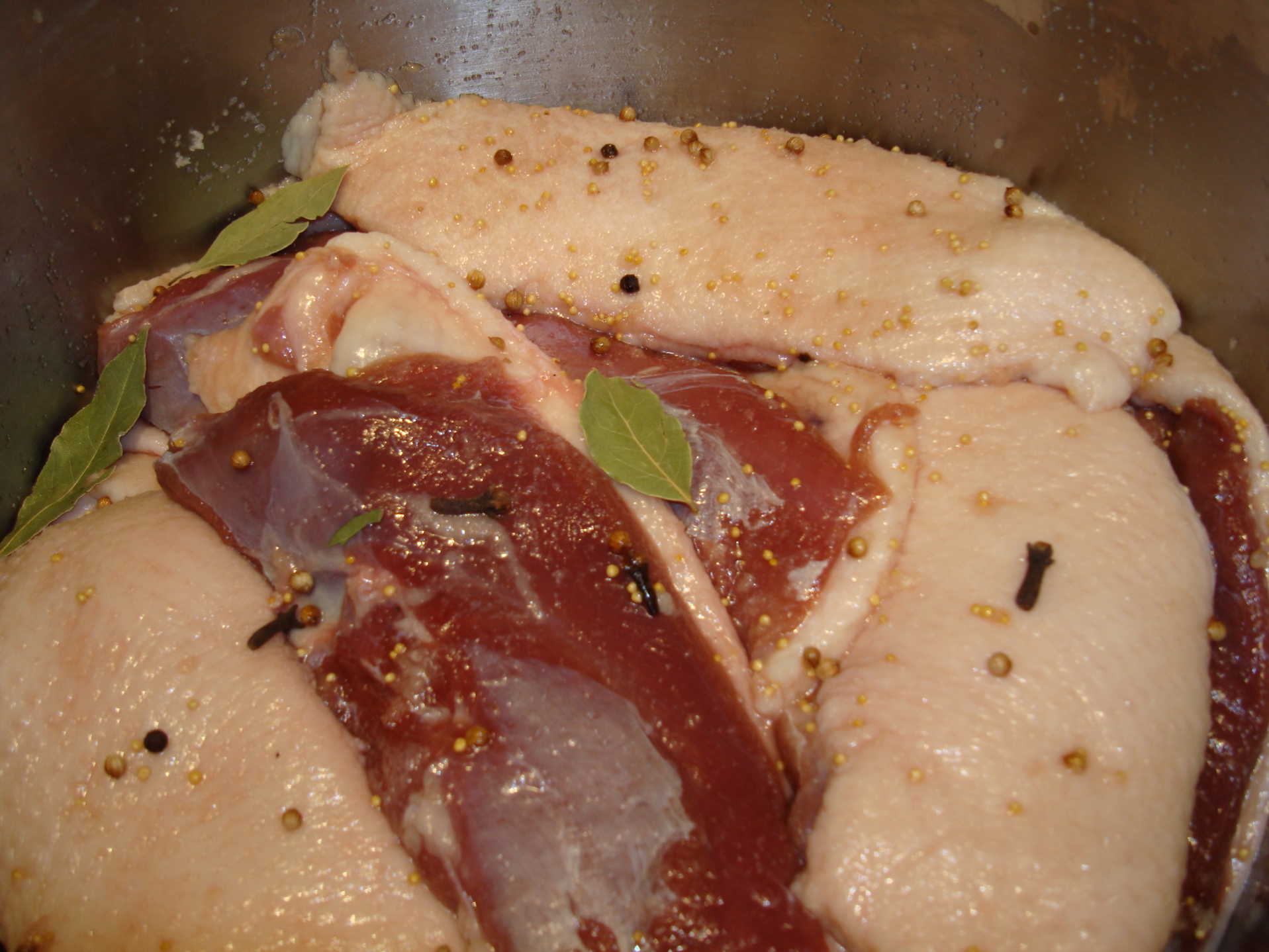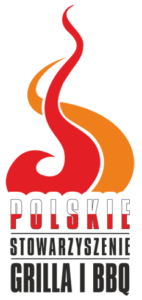Historia:
The oldest method of preserving food is curing (salting) and smoking – the first records of this date back 4000 B.C. and come from China and Egypt.
In Europe, the pioneers were the Greeks, but on a massive scale salting was introduced by the Romans. In the mid-14th century, salting was improved by the Dutch and the English, introducing other preservatives and curing agents into the brines.
The smoking took place in a non-perishable room without windows, with sloping roofs where fire was burned on the floors. The Germans had smoke chimneys adapted for smoking, smoking rooms were placed on the floors of residential houses. The first smoking took place using the cold smoke method, and only with time did other methods appear. In countries with low humidity, where white mould is friendly to the organism, after salting, products – meat, fish are only dried in airy rooms. Such lucky people are Italians, Spaniards and French.
The Baltic countries have quite high air humidity, and under such conditions we are dealing with green and black mould – i.e. This means that it is rotting, harmful to the organism. That is why many times after salting (curing) smoking procedures were applied. Most often smoking procedures were applied in small butcher’s shops and in rural environments, when at the time of own slaughter a mountain of meat appeared, which (in the absence of refrigerators) had to be secured somehow and its durability extended. Many people still remember the wonderful products of their parents, grandparents, made with natural spices, without preservatives.
“In recent years, the European Union has been trying to push through a ban on commercial smoking using traditional methods. They propose the use of chemical smoke concentrates. This predicts that perhaps soon the only way to enjoy traditional smokes will be to smoke by yourself.

Atractionality and benefits of own production:
For the production of raw hams older animals are more suitable than young ones – the curing process is better and thus the meat matures.
- “In our own production process we refrain from adding chemicals in favour of natural spices – many people have food allergies, for example, in the form of a food additive. Many people are allergic to glutamates.
- The hobby of amateur home production can be a counterweight to the stress of everyday life.
- Financial benefits – meat is cheaper than products and after curing and heat treatment it gains higher value.
- “Own products are healthier and of better quality.
- Traditional products can be a great gift for relatives, friends, friends.
- For group purchases of products, “own production” is a great opportunity to meet friends or feasts in the neighbourhood, it can result in learning new, unknown, traditional, regional recipes.
Pecking:
Curing is a sequence of technological processes involving the action of preserving compounds on meat in order to achieve proper maturity, i.e.: giving it the right colour, characteristic taste, smell and durability.
Curing involves the loss of water and soluble chemicals by the meat tissue while the salt penetrates deep into the product, where this salt has a bactericidal effect. With a 10% salt solution, the development of most rot bacteria is stopped, but some bacteria multiply.
If we cure or salt meat that is not first fresh, we only prevent further deterioration, it will not restore freshness.
The main conservation compounds are:
- Salt and salt derivatives
- Natural curing aids: spices, herbs, ascorbic acid (vitamin C), aromatic essences, vegetable juices, oils, sugar, milk, whey, buttermilk, etc.
The first method of meat preservation was salting. However, kitchen salt changes the natural colour of meat from pink and red to grey, not very appetising. It is then worth adding sugar, which will sharpen the taste of the meat, improve its tenderness, and provide a breeding ground for the denitrifying bacteria that affect the light pink colour of the meat. Sugar cannot be added too much, the standard stipulates 2.8% in relation to the salt used. Excess sugar can lead to the transformation of haemoglobin into methemoglobin, which can manifest itself in the wrong colour of meat. In summer, this rate must be reduced as too much sugar can cause additional fermentation, which can result in spoiling the meat. Some traditional recipes do not provide for sugar in the curing process.

The action of salt on meat is osmotic-diffusion exchange. The meat tissue loses part of the water to the benefit of the salt, the osmotic pressure inside the cells increases, which inhibits the development of rotting bacteria and mould. After salting, it is worthwhile to smoke the meat or put it in the refrigerator.
You should remember that
- Cuisine salt does not dissolve in fats
- coarse salt dissolves harder than fine salt.
The higher form of salting is curing – it consists in salting the meat with kitchen salt with the addition of sodium nitrite (otherwise – nitrite). Such a mixture is most often called curing salt (composition: 99.4% salt and 0.6% sodium nitrite). You should not make such a mixture yourself, it is best to buy it in a shop. Peklosol prepared in laboratory conditions is safe, an overdose may at most reveal the salty taste of the product.
“It is best for curing to take place at 4˚C – 7˚C. At 0˚C and below, curing does not take place. Curing and salting at temperatures above 10 ˚C should not be used. The best curing meat is: pork, poultry, game and fish. Worse effects are obtained with beef curing and the worst with sheep and veal.
The following effects are obtained by curing:
1. Appetising pink and red colour of meat.
2. Expressive taste.
3. Characteristic smell, suitable for the type and assortment of meat.
4. Durability.
The quality of meat curing is strongly influenced by the coefficient (“pH”). It is an indicator informing about meat acidification. The overall pH scale is from 0 to 14. Acidity value above 7 and below4 is marked as critical state – broken product. The best acidity of meat is an indicator = 5.5 pH, good between 5 and 6 pH.
The best cured meat is obtained from young, healthy animals: cattle, pigs, poultry, fish.
- Work from 7 to 11 months for pigs.
- Fodder – if dairy products (milk, whey, buttermilk) unmodified cereal grains, nuts, oranges – (Sicily), acorns – (Spain), etc. are used for feeding. – Then we obtain the highest quality of curing and the highest quality of meat.
- “Health condition of the animal – fatigue, fever before slaughter has an adverse effect on the pH and quality of meat.
- The preparation of the animal for slaughter and the slaughter technique have a great influence on the quality of curing meat: meat of pigs properly starved before slaughter cures better than meat of non-starved animals.
- The meat of badly-blooded animals is not suitable for curing because such meat moves in an alkaline direction (below zero), which may result in adverse taste and smell changes.

Metody solenia i peklowania:
- Suche
- Mokre
- Kombinowane – mieszane
Peklowanie (Solenie) metodą na sucho:
Metoda ta polega na tym, że produkty nacierane są bezpośrednio solą lub peklosolą z dodatkiem przypraw, aromatów w celu uzyskania trwałości oraz ulubionych walorów smakowych.
W tym celu należy zachować określone standardy:
- Do peklowania mięsa używamy peklosól najlepiej w proporcji 18 – 22 gramy na 1 kg mięsa. Norma peklosoli w tym przedziale jest normą optymalną, potwierdzoną laboratoryjnie. Po zastosowaniu tych norm smak pod względem wysolenia nie jest ani za mocno wyczuwalny, ani za słaby.
- Dla mięsa delikatnego, np. drobiowego lub nie biorącego udziału w przemieszczaniu się, np. schabu wieprzowego, polędwicy najlepiej stosować normę peklosoli dolną – 18 g. Dla elementów biorących udział w ruchu np. szynki, łopatka, golonka, kark mające inna strukturę włókien mięsa (twardszą), stosujemy górną granicę 22 gramy.
- W celu zmniejszeniu udziału chemii w peklowaniu (peklosól zawiera nitryty), można zastosować wariant zmniejszenia ilości peklosoli o 50 % na korzyść zwykłej soli.
- Do peklowania najlepiej używać naczyń ze stali kwasoodpornej lub glinianych garnków.
- Natarte peklosolą i przyprawami produkty należy przewracać w naczyniu dwa razy dziennie, rano i wieczorem. Sól ma właściwości higroskopijne wyciąga z tkanki wodę. Po kilku godzinach na dnie naczynia wytworzy się solanka, dlatego należy rotować produktami. Czas peklowania metodą suchą to od 3 do 5 dni.
- Do peklowania nie należy używać przypraw pylistych, ciężko je wypłukać, a w trakcie wędzenia pozostawią czarne kropki na produktach, najlepiej używać przyprawy w ziarnach. W celu uzyskania lepszego aromatu można je lekko rozdrobnić w moździerzu.
- Każdy kawałek mięsa ma swój własny smak, dlatego należy uważać z ilością przypraw dodawanych do peklosoli. Najlepiej stosować starą, sprawdzoną zasadę, żeby do peklowania, marynowania używać tylko soli, pieprzu i jeszcze czegoś. Może to być, np.: czosnek, kolendra, gorczyca, jałowiec, ziele angielskie czy liść laurowy, no i oczywiście wszystko z umiarem, według swoich upodobań.
- Po peklowaniu mięso można lekko przepłukać w letniej wodzie, zebrać ziarenka przypraw, zasznurować lub powkładać do siatek i osuszyć – najlepiej na wisząco, po uwędzeniu będą miały ładny kolor i połysk. Niepłukane będą miały kolor matowy.
- Podczas peklowania (solenia) metodą na sucho uzyskujemy produkt mniej soczysty, bardziej odwodniony, a tym samym trwalszy. Przy peklowaniu (soleniu) większych elementów lub boczków może wystąpić nierównomierne nasolenie poszczególnych części mięsa.
Do not use dusty spices for curing, they are hard to rinse out and will leave black dots on the products during smoking, it is best to use spice in grains. For a better aroma you can grind them lightly in a mortar.





